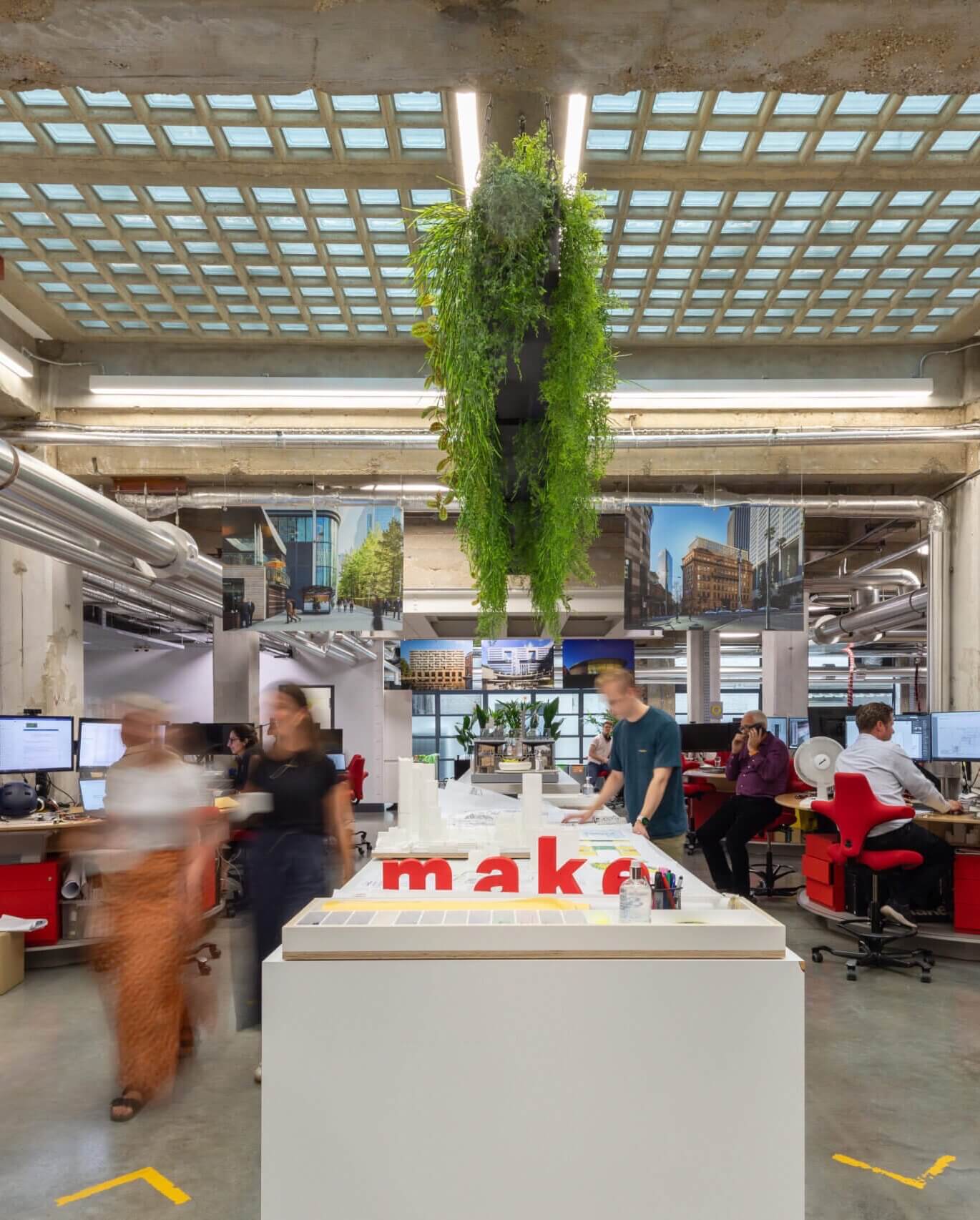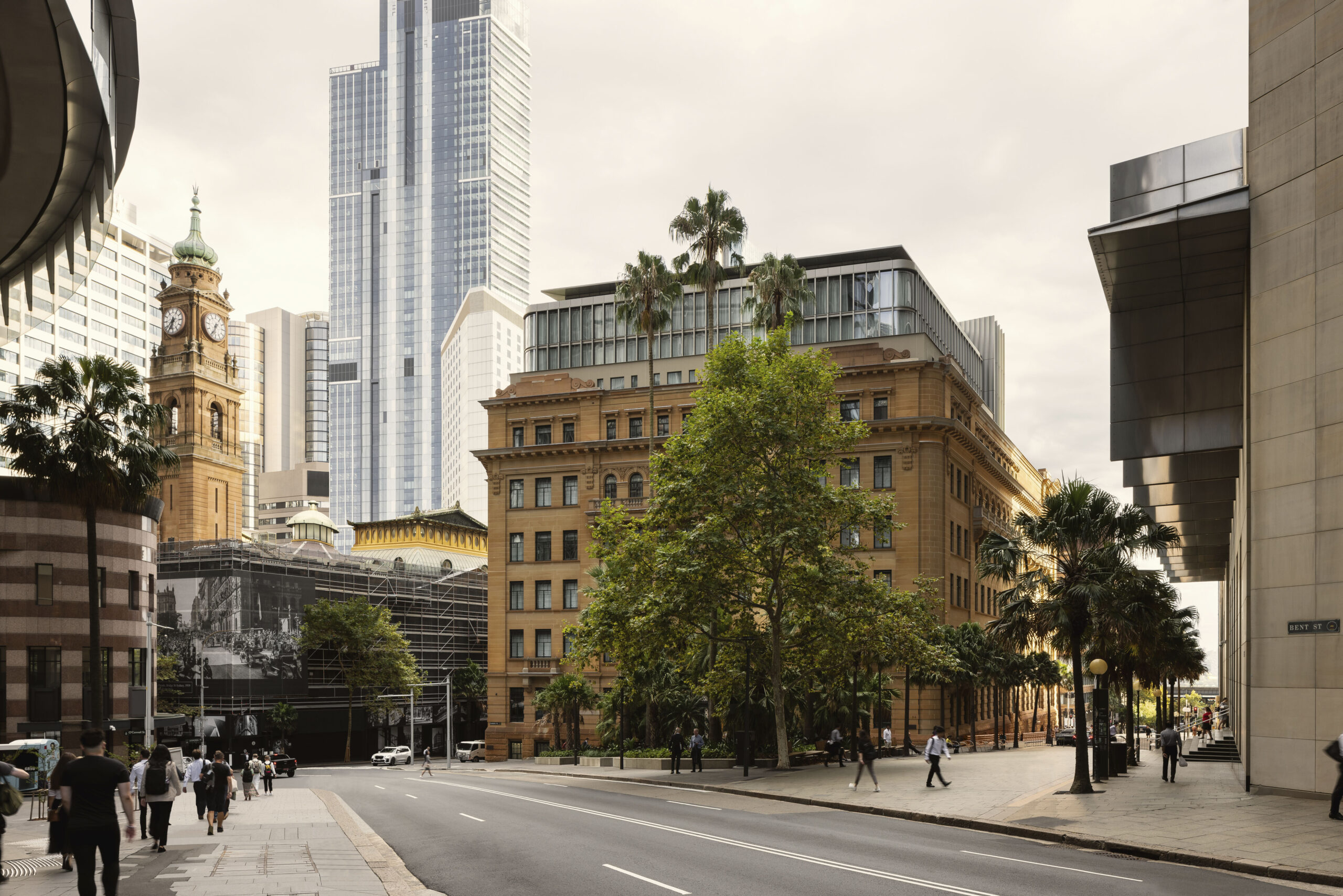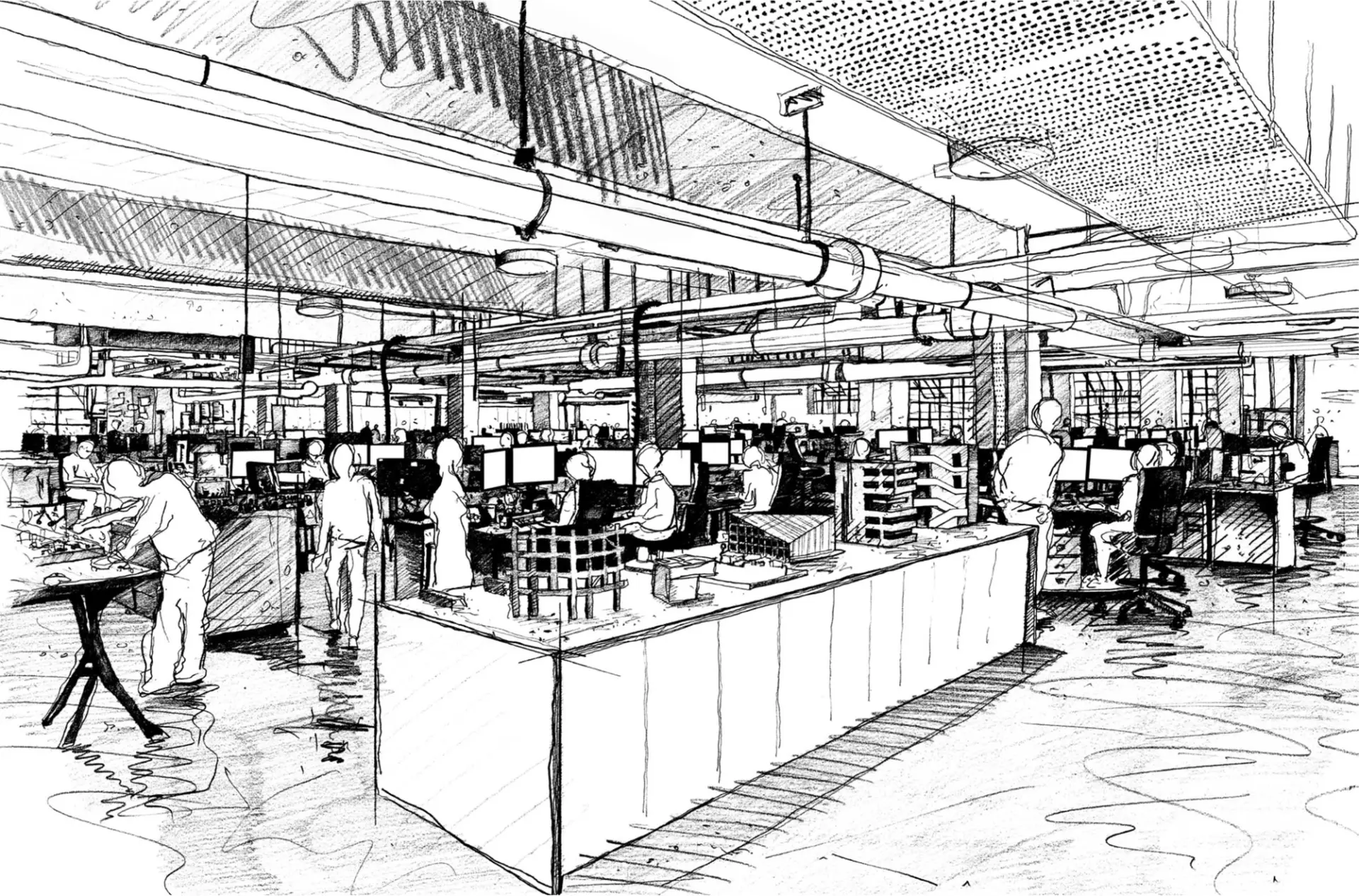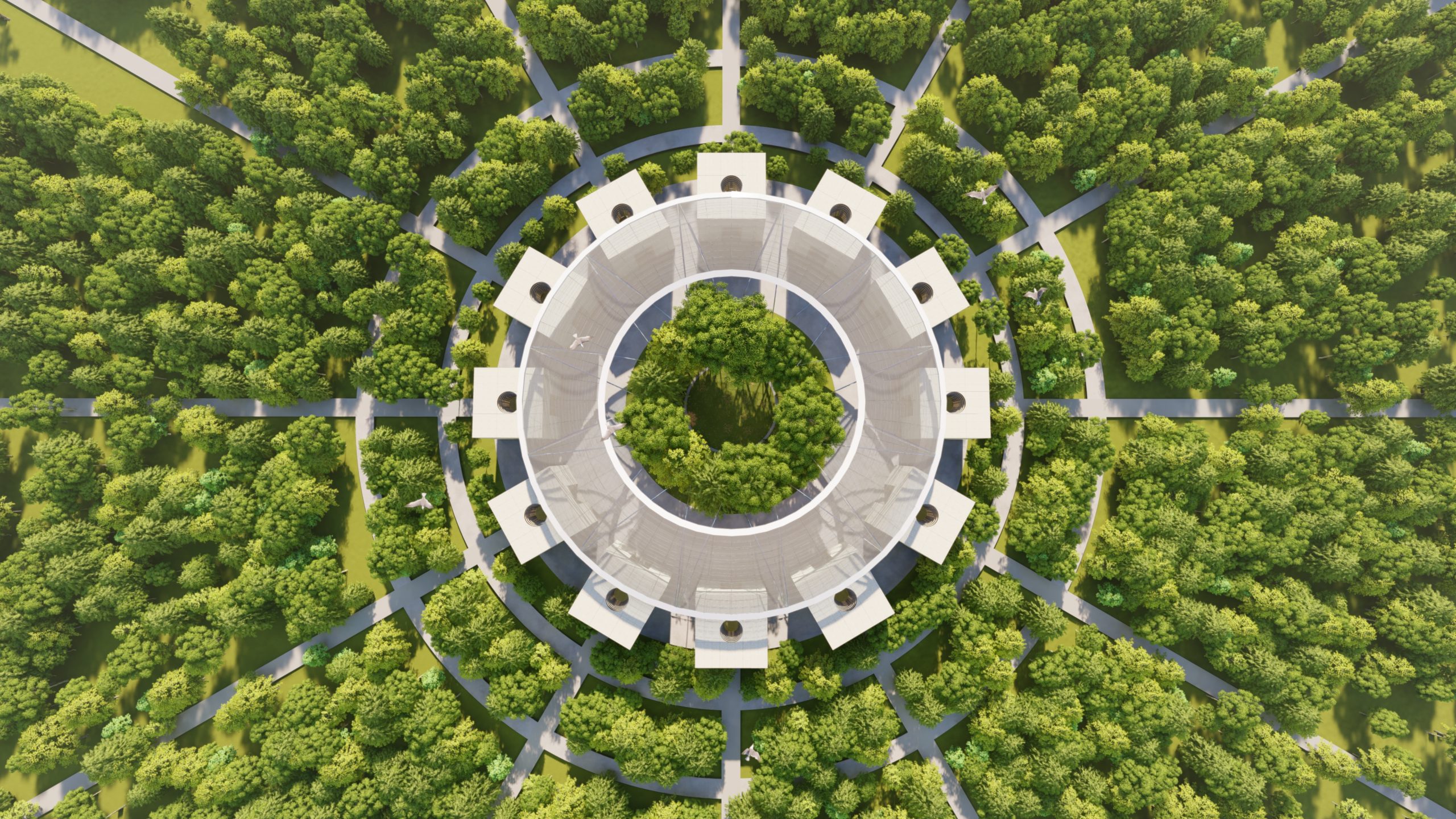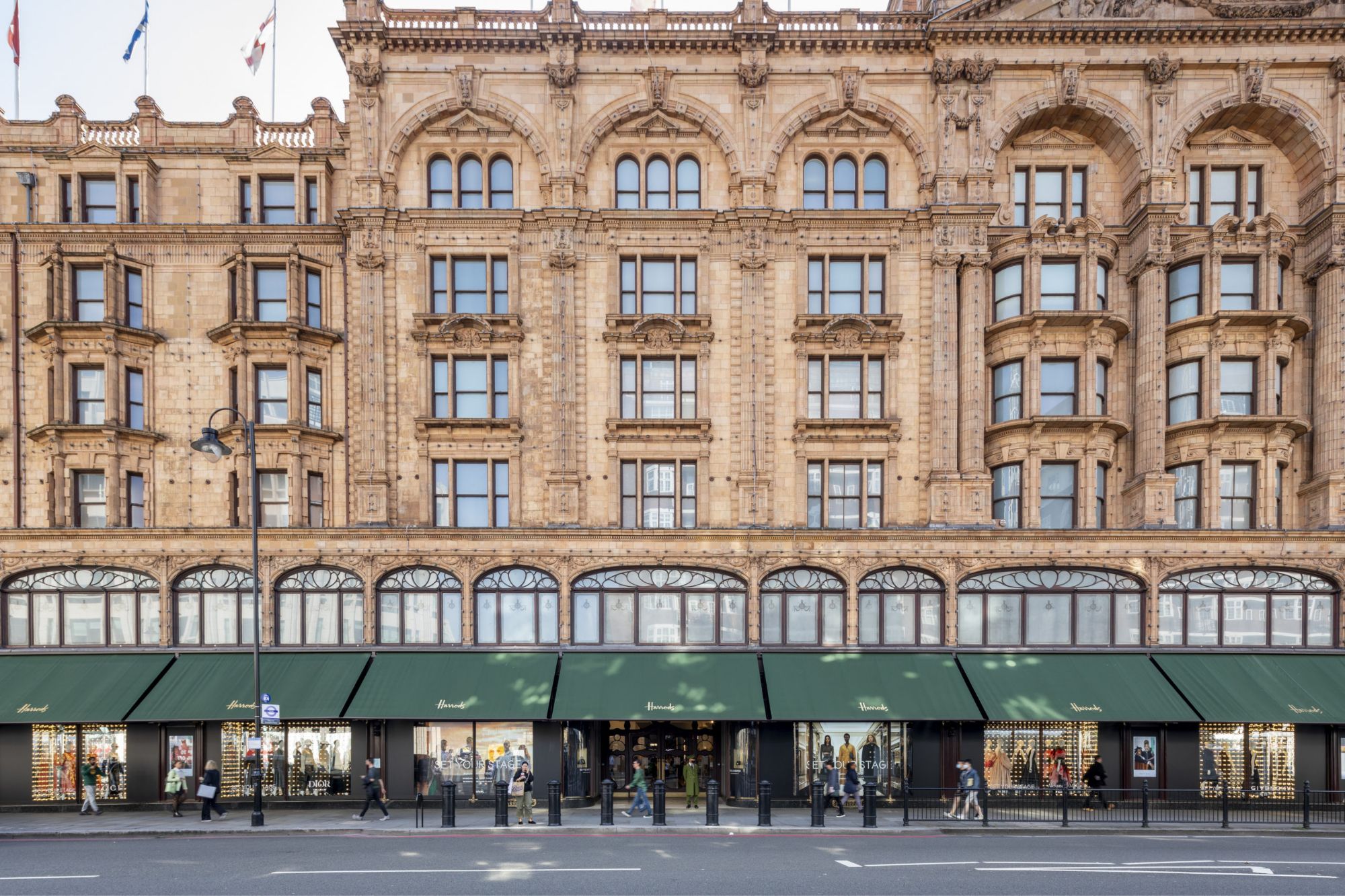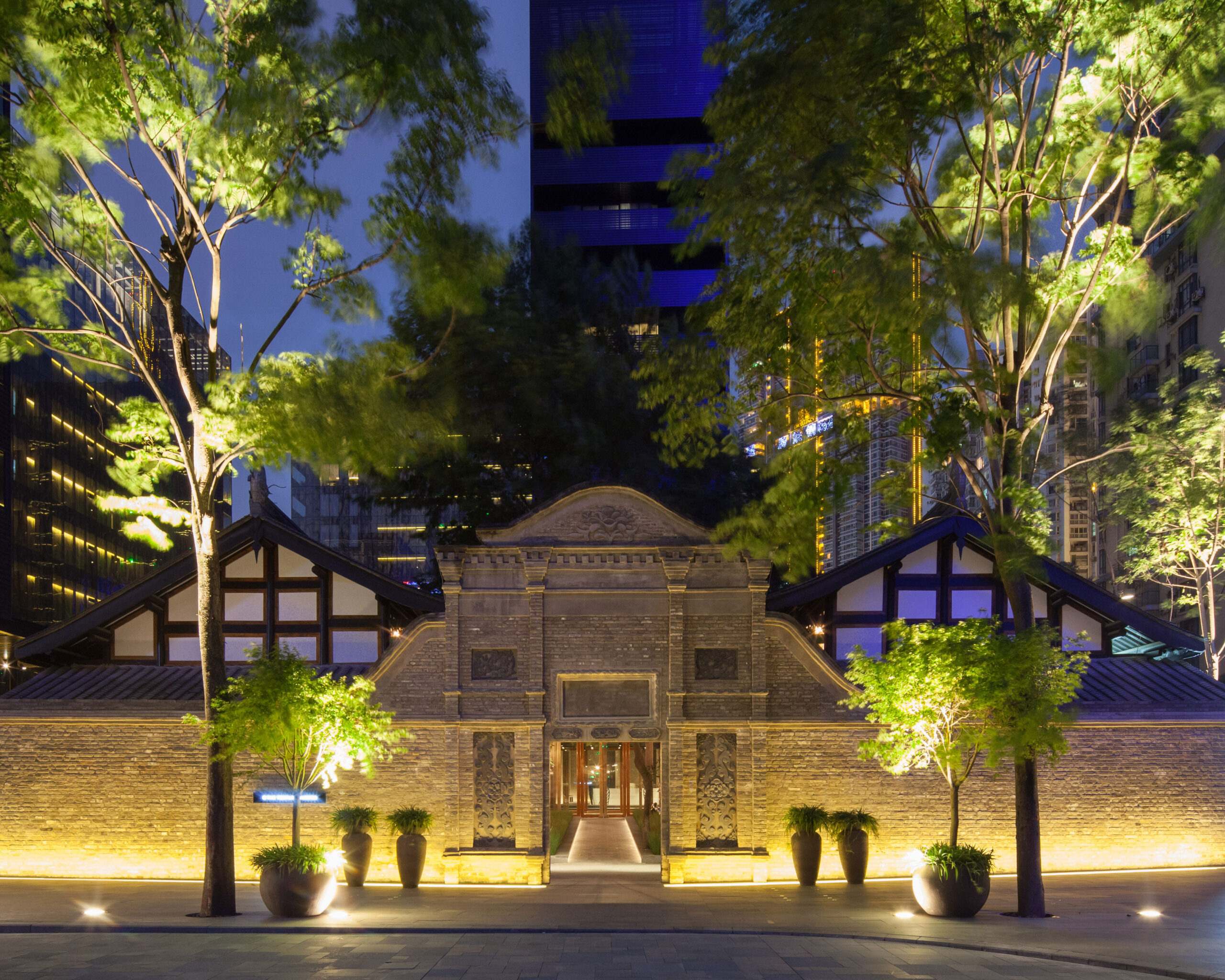
More formally analytical is the diagram, which may be subject to many iterations since it is the way a designer mind frames the context, challenges and requirements of the formal brief – an incredibly powerful representation.
After that come more prosaic formal propositions, dealing with feasibility and concept, where some of an architect’s true value lies. Unfortunately, even the RIBA work stages assume that this sort of drawn idea will be supplied for next to nothing, even though it may be the most valuable advice summary that informs the potential project. This work is undervalued; the drawings are thus undervalued too.
At later stages, there is more acknowledgement of the power and importance of visual representation, which may of course be entirely digital, but nevertheless entertains the idea that a human hand is involved. Hence the drawings used for public consultation and planning procedures, those semi-authentic representations of a future reality. Until this year, hand-drawn, digital and hybrid drawings have been eligible to enter the Architecture Drawing Prize. A new category has been added for 2019: the working drawing (detail), at the suggestion of a new award sponsor, the William Hare Group, a family-owned steel fabrication company founded in the 1880s.


How does one assess the merits of a variety of drawing types? They are related but separate, some an attempt to indicate a whole outcome, while the working drawing explains the process by which individual elements combine at a detailed level. These elements can be combined in certain specialist drawings, often the hallmark of a particular architect.
Years ago, it was always a pleasure to receive images from James Stirling, who would hand-write on drawings to indicate which way was up in the worm’s-eye axonometric which made the representation of his buildings so distinctive. Other architects have their methods of letting you know who the designer is – or at least who you think it may be. The examples of competitions won by architects whose drawings were taken by judges to be by someone else entirely would make an amusing chapter in any history of contemporary architecture. But they must have been pretty good.

This post forms part of our series on The Architecture Drawing Prize: an open drawing competition curated by Make, WAF and Sir John Soane’s Museum to highlight the importance of drawing in architecture. Entries for 2019 close 27 September.





